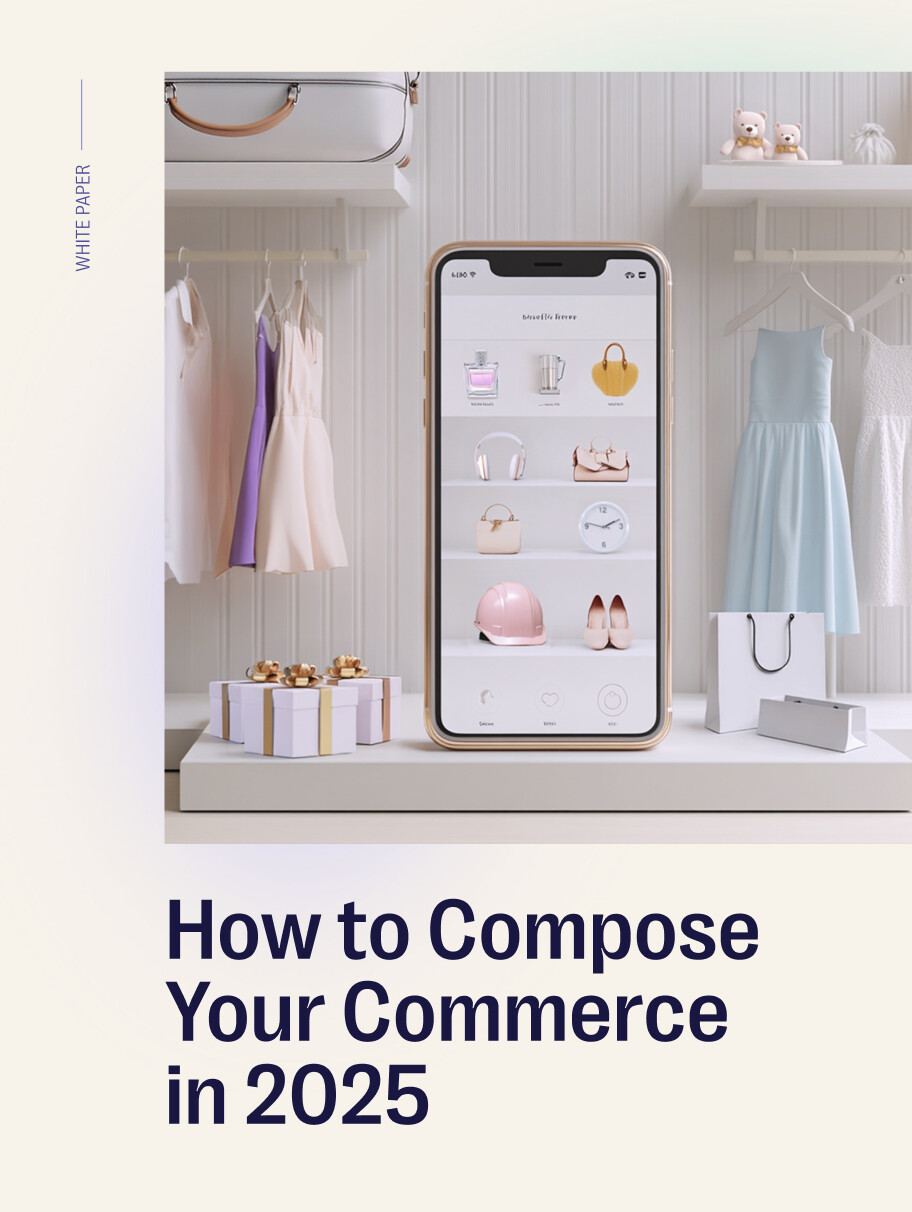

Customers expect seamless experiences across every touchpoint: Online, in-store, mobile and beyond. To provide unified experiences, your business needs flexible and versatile technology.
Composable commerce is the game-changer that makes it happen, empowering enterprises to innovate faster and deliver exceptional shopping journeys.
Download our definitive guide, How to Compose Your Commerce in 2025, created in partnership with AWS, to explore the benefits of composable commerce, actionable implementation strategies and best practices for driving growth in the digital-first era.
